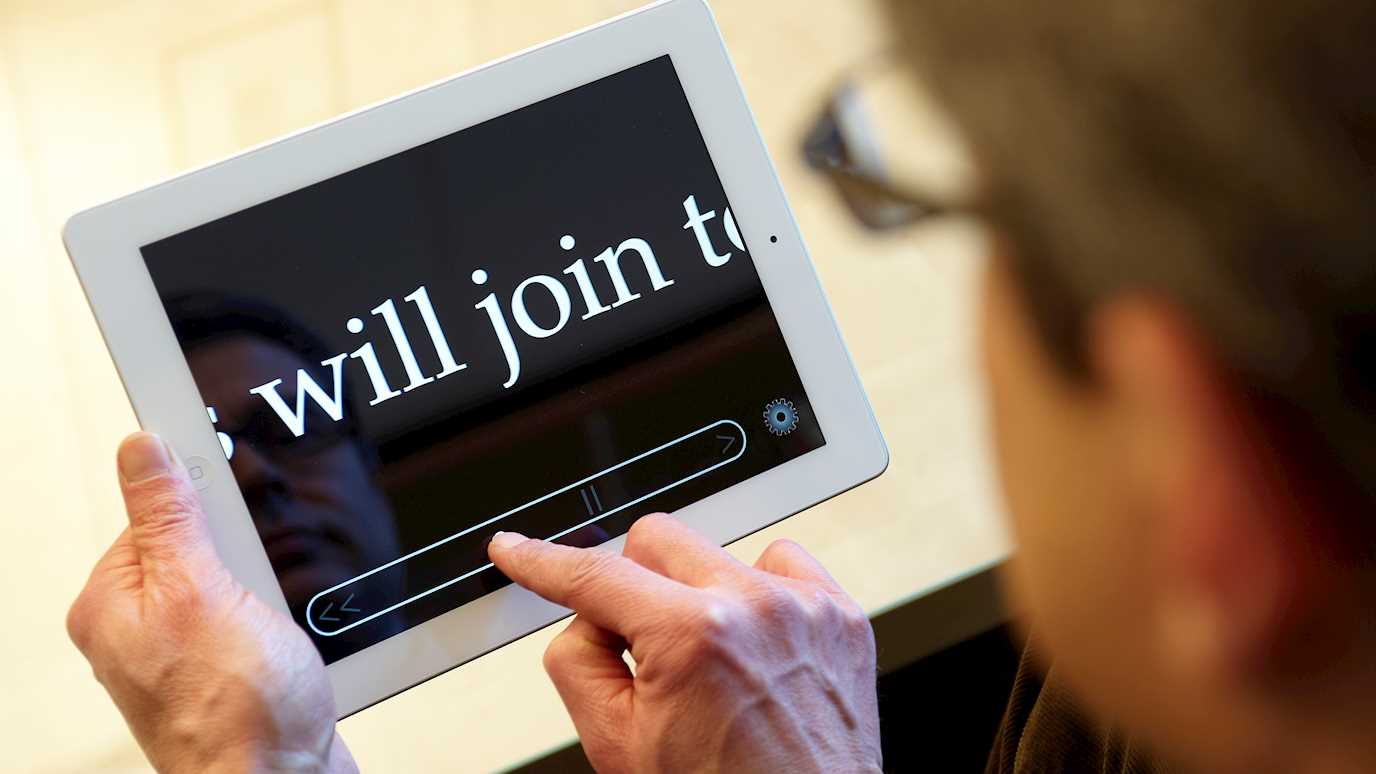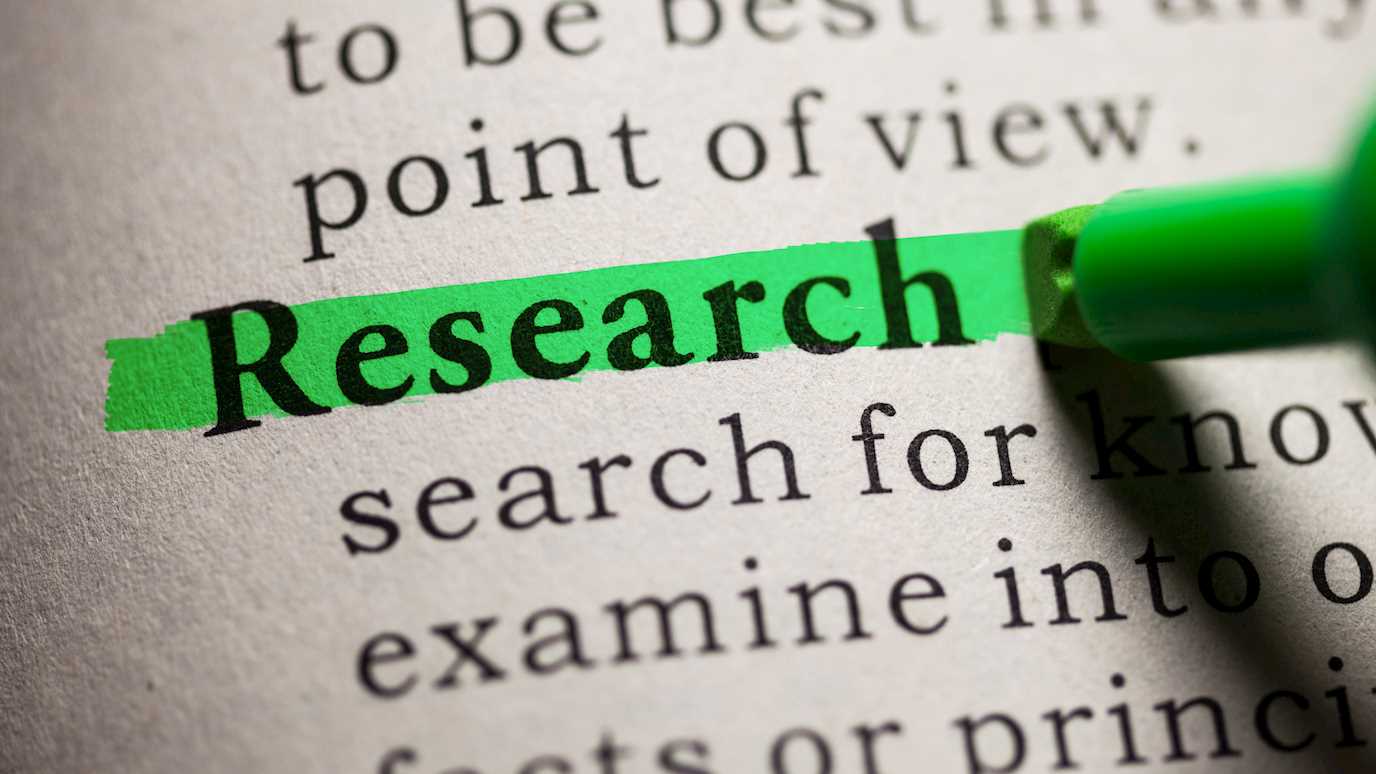Our research is supported by state-of-the-art facilities including dedicated laboratories for PIs with major projects, and many shared facilities accessible to all researchers including PGR and UG/PGT student projects. Cutting across the four research groups is the Combined University Brain Imaging Centre (CUBIC) in partnership with the Universities of Brunel, Roehampton, and Surrey, which houses our own research-dedicated 3T fMRI scanner. Psychology has invested substantially in new laboratories and infrastructure to sustain and enhance our ability to conduct world-leading research. Our facilities permit research in cognitive, experimental, social and developmental psychology, sleep, psychophysiology, neuroimaging (MRI, EEG), brain stimulation (TMS, MRI-compatible tDCS) and Virtual Reality. Since 2014, we have made significant capital investments on seven new laboratories.
Elaine Funnell Neuroscience Lab
The Elaine Funnell Neuroscience Lab opened in 2015 providing a large shared lab with soundproof testing booths, and several workstations equipped for cognitive and psychophysical studies, including a ‘clone’ workstation for piloting MRI experiments and MRI data processing.
Equipment includes:
- Siemens Trio Magnetic Resonance Imaging (MRI) Scanner (3 Tesla). We were the first psychology department in the UK to host an on-site MRI scanner. For more information, see the CUBIC website.
- Range of MRI-compatible equipment (response boxes, microphone, eye tracker)
- Transcranial Magnetic Stimulation with the Magstim Rapid Stimulator for single- pulse and repetitive stimulation equipped with Visor System for Neuronavigation
- Electroencephalography equipment
Sleep Lab
A dedicated Sleep Lab opened in 2015, with two bedrooms and a control room, with polysomnography equipment for monitoring neural activity during sleep. Research was supported by an ESRC grant to Tamminen and Rastle.
Eye-Tracking Lab
Three new shared Eye-tracking labs were built to house eye-tracking equipment including remote MRI compatible and portable eye trackers.
Equipment includes:
- IR Eye Tracker (Eyelink 2 & 3)
- Video Eye Tracker (CRS Ltd.)
- Psychophysics Graphics Systems (VSG I, II, Visage)
- Tobii Eye Tracker
- SR 1000 Remote Eye & Head Tracker
- 6 Camera Vicon 3D motion tracking system
- Large FoV immersive, fixed platform, city centre driving simulator
- Portable platforms for measuring seated/standing CoP
- Virtual Environment generation software.
EEG Lab
A state-of-the-art EEG lab comprises a 64-channel system with active external electrodes and a wireless 32-channel system, allowing hyper-scanning but also recording during neurostimulation and integration with Virtual Reality.
Vestibular Multisensory Embodiment (VeME) Lab
Investing in the research potential of Ferre, an ECR specialising in vestibular cortical processing, multisensory integration and gravity, we developed the Vestibular Multisensory Embodiment (VeME) Lab, housing: MRI-compatible Galvanic Vestibular Stimulators, devices for tactile, proprioceptive and pain stimulation, a 3D inversion table, and VR head-mounted displays funded by the European Low Gravity Research Association.
Social Psychophysiology Lab
A new Social Psychophysiology Lab, led by Tsakiris (ERC grant) with the participation of Bahrami, allows simultaneous peripheral physiology recordings from multiple participants while they perform joint tasks.
Virtual Reality lab
The virtual-reality lab, includes a large dedicated “play space” for participants and is equipped with five VR headsets, two incorporating an eye-tracker, and high-spec PC’s and graphics cards required for VR presentations. The inclusion of eye-tracking with VR greatly extends the capability of the facility and provides synergies with existing eye tracking researchers. Collaborative VR projects are underway with researchers from Computer Science and Electronic Engineering and substantial funding has been obtained for work on immersive experiences as part of the AHRC funded ‘Story Futures’ consortium.
The lab is equipped with Oculus and HTC Vive headsets, which are eye-tracking enabled using Tobii technology. For a full list of equipment and software click here.
To visit the VR lab website please click here.
Language and cognition facilities
- Psycholinguistics computer laboratory
- Sound-proof chamber
- Speech recording equipment
- Electropalatography studio for taking measures of tongue movement
Baby Lab
The Royal Holloway Baby Lab is a research facility in the Department of Psychology including waiting room, testing room and control room with CCTV system with dual camera capability. We study the development of cognitive abilities during infancy, including memory and thinking. We invite you and your baby to help us explore this exciting period of development.























